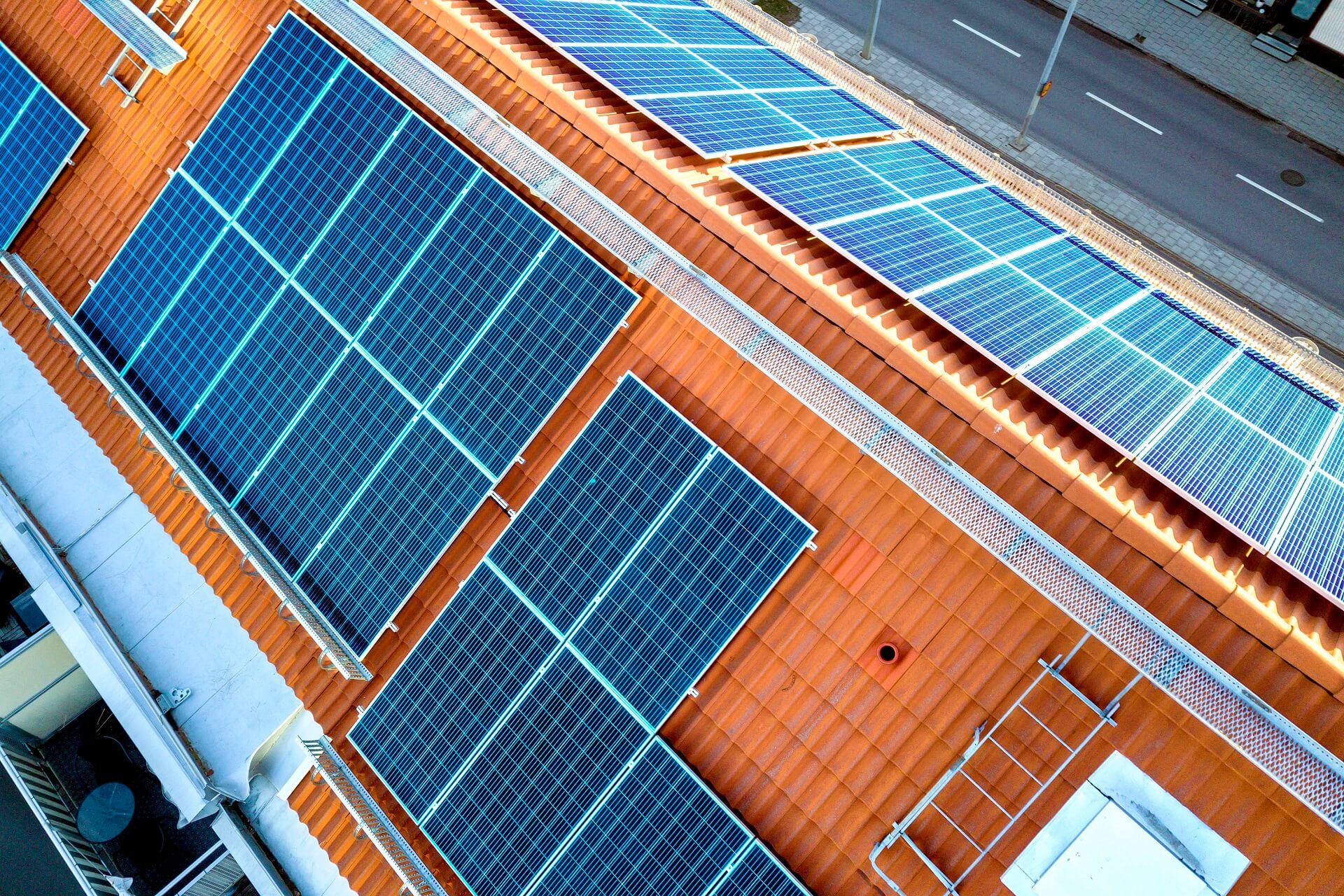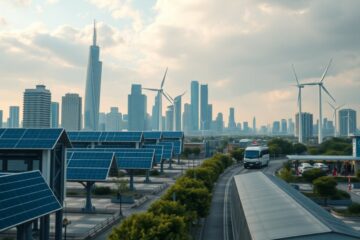Solar collectors and photovoltaic panels are two systems that enable the acquisition and processing of solar energy. Despite the fact that both solutions differ significantly in structure, operation and type of obtained energy, it happens that they are confused. In the article below, we will try to present the most important differences between solar collectors and photovoltaic panels.
Table of Contents
Photovoltaic cells (PV)
Solar collectors differ from photovoltaic panels in the type of energy that is obtained from the operation of both systems. Panels (photovoltaic modules) are used to convert the energy of solar radiation into electricity. The energy obtained in this way has many uses. It can be used to illuminate the building, as well as power electrical and electronic devices.
Solar collectors
In turn, solar collectors convert the energy of solar radiation into thermal energy. In this way, the collectors can heat domestic water, support the operation of central heating or serve to heat water in a swimming pool. Although the electricity obtained thanks to photovoltaic modules can also be used to heat domestic hot water, it is an unprofitable solution from an economic point of view.
How do photovoltaic cells work?
Photovoltaic panels use the photovoltaic effect in their work, which consists in the formation of an electromotive force in a solid under the influence of solar radiation. Put simply, the photovoltaic cells in the panels generate direct current when exposed to solar radiation. After the electricity is processed in a device called an inverter or an inverter, the obtained energy can power household AC consumers. There are photovoltaic panels available on the market, i.e. connected photovoltaic cells of various types, and therefore their efficiency is not the same.
How do solar collectors work?
In the collectors, the solar radiation is captured by the absorber surface and converted into heat. Thanks to the absorber, the heat carrier heats up and moves to the accumulation tank, where there is utility water. After the heat is released, the medium returns to the collector. Due to the type of heat carrier, solar collectors are divided into three types: flat, flat, vacuum and vacuum-tube collectors.
Should I choose photovoltaic cells or solar collectors?
Both solar collectors and photovoltaic panels are energy-saving solutions, but the investment profitability of each solar system should be considered in the context of their use. The choice of solar collectors seems obvious if we primarily care about obtaining domestic hot water.
However, if you want to get clean energy to power devices at home, you should opt for a photovoltaic system. Then the energy produced in an environmentally friendly way can be used for heating, powering the TV, refrigerator and other household appliances.

Our contributing author is a passionate advocate for eco-friendly living and sustainability. With a background in eco-life, they are dedicated to inspiring and empowering individuals to adopt environmentally conscious lifestyles. Through insightful articles, they share practical tips, innovative solutions, and thought-provoking perspectives to promote a greener, more sustainable world. Join them on the journey towards eco-smart living and discover how small choices can make a big impact. 🌱









